Coffee prices on shelves in the Swedish market will increase by at least $1.5 per package in the next few months, creating an opportunity for Vietnamese coffee exports.
Coffee prices in Sweden continue to rise
Speaking to reporters from the Industry and Trade Newspaper, Ms. Nguyen Thi Hoang Thuy - Director, Head of the Vietnam Trade Office in Sweden, concurrently in charge of the Northern European market, said that extreme weather is pushing coffee prices to the highest level in decades, with a package of coffee forecast to increase by 1-1.5 USD this spring. This could be just the beginning, according to warnings from the global coffee industry.
In Sweden, coffee prices are expected to rise sharply at least twice this year, mainly due to extreme weather in Brazil – the world's largest coffee producer.
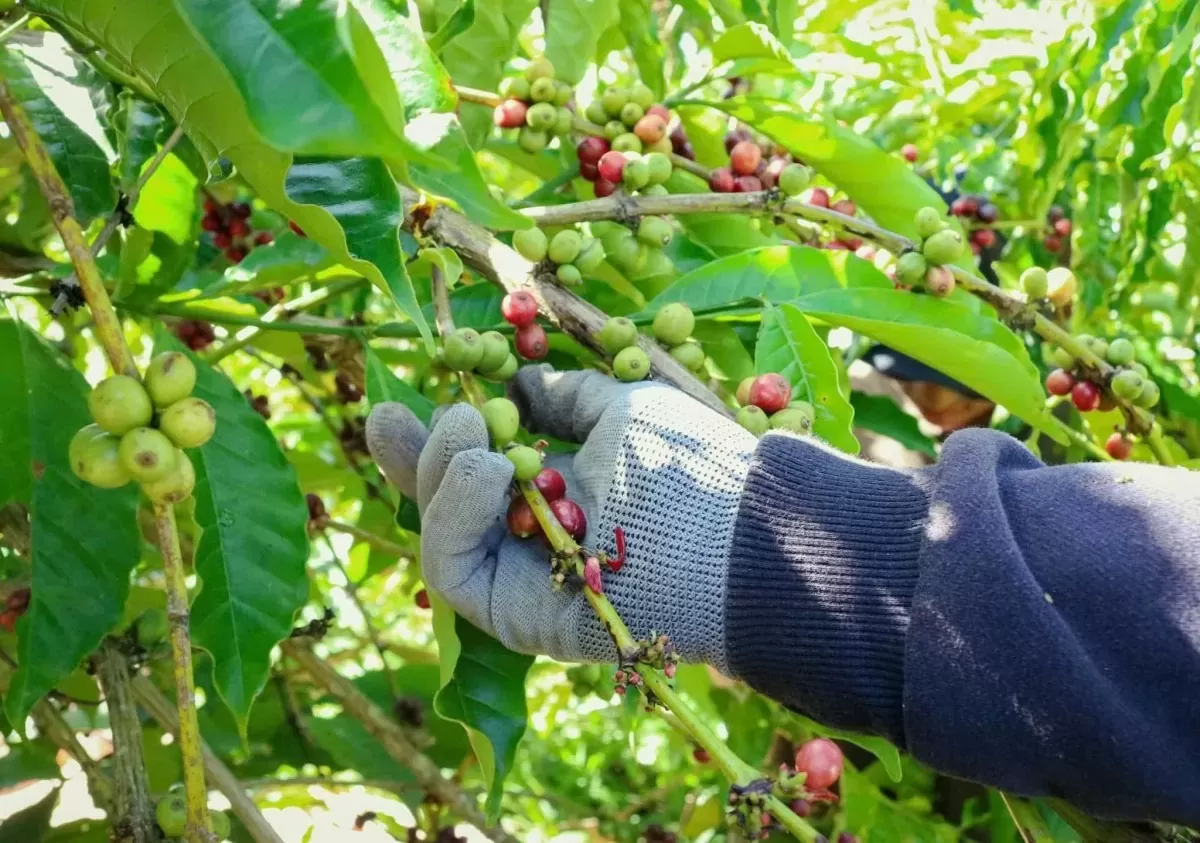 |
| Coffee prices in Sweden are high, an opportunity to export Vietnamese coffee (Photo: Hien Mai) |
The Vietnam Trade Office in Sweden informed that Mr. Minette Rosén from the coffee roasting company Zoégas said: “ These problems are getting more and more serious. We have been going through many years with too little rain. The yield is getting worse and worse. Many coffee farmers are very worried about the current situation.”
Arabica beans – the most popular bean in Sweden – are sensitive to climate change. They grow best in countries close to the equator, in moist volcanic soil, on steep mountain slopes at altitudes of around 2,000 metres. However, these regions, especially in Brazil, Africa and Asia, are being severely affected by climate change.
Green coffee prices have risen 75% in the past year and doubled in two years, reaching a 50-year high. Since green coffee accounts for about 70% of the cost of production, the price shock will directly affect retail prices. The situation is exacerbated by the depreciation of the Swedish krona against the US dollar, the currency in which green coffee is traded.
“The situation is really difficult,” said Anders Fredriksson, CEO of coffee roaster Löfbergs, in a statement. “Prices have risen sharply since January and continued to rise rapidly in November and December. The worst impact is yet to come for consumers.”
The price of coffee on the shelves is expected to rise by at least $1.50 per bag over the next few months, reflecting the rise in green coffee prices. The first increase of about $0.50 could come in the next few weeks, with a second increase of at least $1 expected around Easter.
In Sweden, coffee culture, with an average consumption of about 8.2 kg/person/year, the Swedish people consume an average of about 70-80 thousand tons of coffee/year. The market value is forecast to grow by an average of 5.83%/year in the period 2021-2025. This average growth rate for Denmark and Norway is 8.06% and 5.25% respectively in the same period.
The European and American Market Department - Ministry of Industry and Trade quoted information from the Swedish National Coffee Association, on average a person will consume 3.4 cups of coffee a day, with the increasing consumption of espresso and cappuccino leading to the rapid increase in consumption of Robusta coffee beans in recent times, although, consumption of Arabica coffee beans is still the main one. The number of coffee shops in Sweden has also increased due to the opening of new coffee chains and the establishment of new operations by small roasters, in which the consumption of espresso coffee has increased significantly. The most vibrant coffee business areas are in large cities such as Stockholm and Gothenburg.
In addition, the Nordic countries rank highly in organic food consumption in Europe, and organic coffee has become the fastest growing specialty beverage among organic beverages in the Nordic region. Nordic coffee roasters and coffee brands have always included organic products in their portfolios. The growing demand for specialty coffee has led to increased consumer interest in the origin, provenance and technical standards of coffee beans. Accordingly, sales of sustainably certified coffee have continued to grow in the Nordic region.
Great opportunity for Vietnam Robusta
While Sweden consumes mainly Arabica coffee, Vietnam – the world’s second-largest coffee producer – is famous for its Robusta beans. Robusta is cheaper, more climate-resistant than Arabica and is often used in instant coffee. The rise in global Arabica prices has opened up a big opportunity for Vietnamese exporters as demand shifts to more economical alternatives.
Ms. Nguyen Thi Hoang Thuy pointed out that although Sweden and the Nordic countries prioritize Arabica, the high price of Arabica could encourage importers to seek more reasonable Robusta supplies. Vietnamese enterprises should promote Robusta as a quality alternative at a lower price.
In addition, to meet the tastes of Northern European consumers, it is necessary to invest in high-quality Robusta varieties, reduce bitterness, increase aroma and apply sustainable farming standards.
Businesses also need to promote international brands and certifications: Certifications such as Rainforest Alliance or Fair Trade will help Vietnamese coffee penetrate deeper into the European market. Combining stories about sustainable products and environmental protection can attract consumers. At the same time, diversify products by developing blended coffee products (a blend of Arabica and Robusta) to create a bridge suitable for the tastes of the Northern European market.
The Free Trade Agreement between Vietnam and the European Union (EVFTA) took effect from August 1, 2020, in which coffee products enjoy a 0% tax rate, which will help Vietnamese coffee gain a competitive advantage over competitors in this region and this is an opportunity for Vietnamese businesses.
| According to the General Department of Customs, in 2024, Vietnam's coffee exports are estimated to reach 1.32 million tons, worth 5.48 billion USD, down 18.8% in volume but up 29.1% in value compared to 2023. 2024 is a successful year for the Vietnamese coffee industry, when the export value exceeds the 5 billion USD mark thanks to strong price increases. |
Source: https://congthuong.vn/gia-ca-phe-tai-thuy-dien-tang-vot-co-hoi-nao-cho-doanh-nghiep-viet-370965.html



![[Photo] Party and State leaders attend the special art program "You are Ho Chi Minh"](https://vphoto.vietnam.vn/thumb/1200x675/vietnam/resource/IMAGE/2025/5/18/6895913f94fd4c51aa4564ab14c3f250)
![[Photo] Many young people patiently lined up under the hot sun to receive a special supplement from Nhan Dan Newspaper.](https://vphoto.vietnam.vn/thumb/1200x675/vietnam/resource/IMAGE/2025/5/18/6f19d322f9364f0ebb6fbfe9377842d3)
![[Photo] Ready for the top competitions of Vietnamese table tennis](https://vphoto.vietnam.vn/thumb/1200x675/vietnam/resource/IMAGE/2025/5/18/9c547c497c5a4ade8f98c8e7d44f5a41)








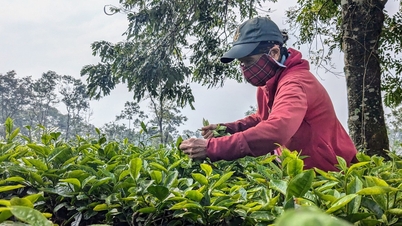

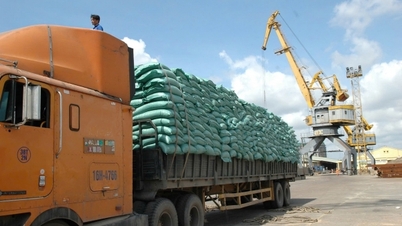
















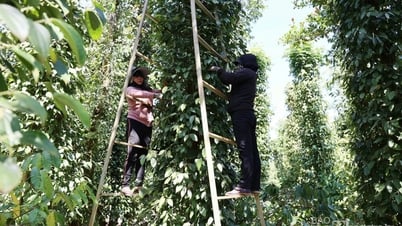
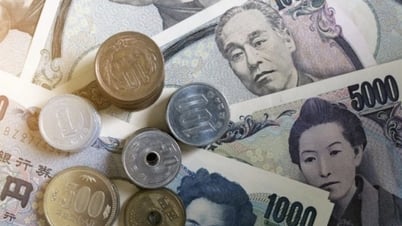
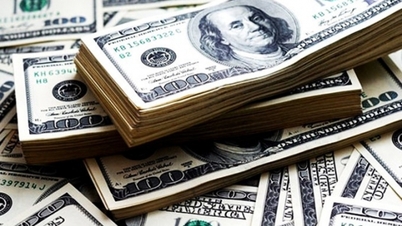





























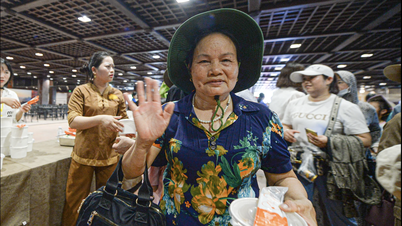






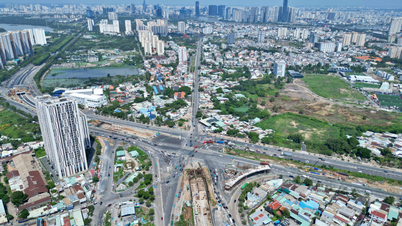





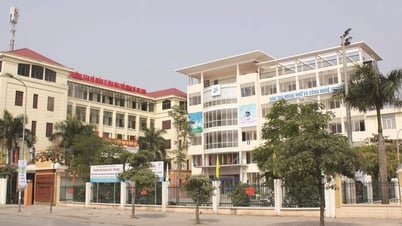



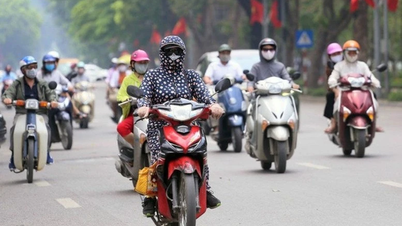

















Comment (0)